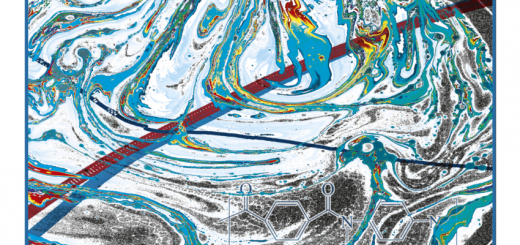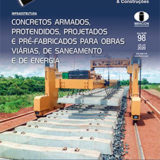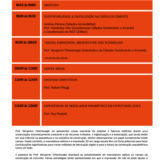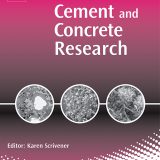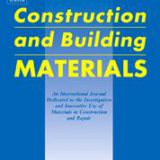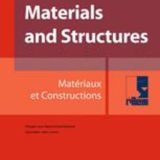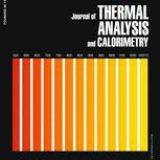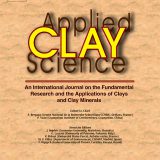Authors: Romano, Roberto Cesar de O.; Maciel, Marcel H.; Pileggi, Rafael G.; Cincotto, Maria A.
Paper: Applied Rheology (doi)
Avaiable online: March 11, 2017
Abstract
The hardening of cement pastes occurs due to coagulation/flocculation promoted by the hydration reactions. At this way, depending on the physico-chemical characteristics of the powder, different changes are obtained during the microstructure formation. Thus, as the use of supplementary cementitious materials is rising worldwide, this stage of construction process is being more complex. So, this work was conducted to evaluate the hardening phenomenon of pastes formulated with Portland cements blended with limestone filler (LF) and ground blast furnace slag (BFS). Vicat test, oscillatory rheometry and isothermal conduction calorimetry were used to monitor this transition. Vicat test results indicate different setting times as a function of addition, but no information before these times was obtained. Using isothermal calorimetry was possible to monitor the related changes to the chemical reactions since the first contact with water, and using rheometry, the rate and force of cement particle agglomeration. During the discussion of results will be not presented in depth the results of the three methods, but will be shown that they are complementary and provide a better explanation to the transition from fluid-to-solid behavior, independently of kind of supplementary cementitious materials.



